We had an early morning wake up, 5:00 am. We were going zodiac cruising along Spert Island, an Island lying off the western extremity of Trinity Island, in the Palmer Archipelago. It had many channels through the island. Interestedly there were icebergs that had gotten stuck in the channels.
There was also a huge iceberg that was grounded and had evidence that it had rolled. Clearly it was not from the immediate shoreline because it was much taller than the glaciers on the island. Here are a couple of pictures of the island and icebergs.
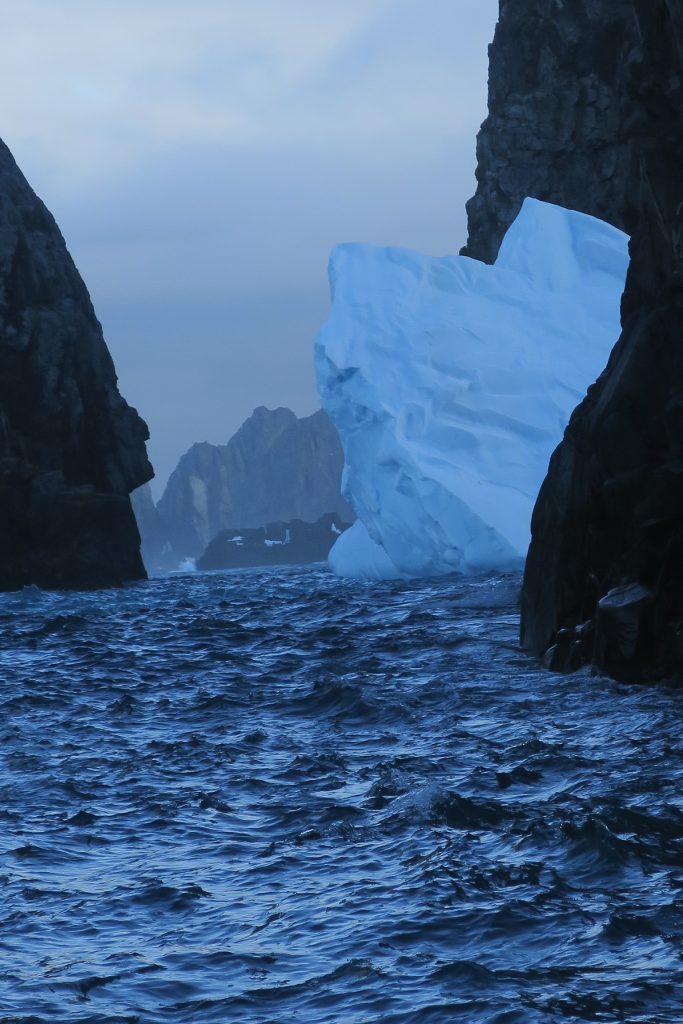

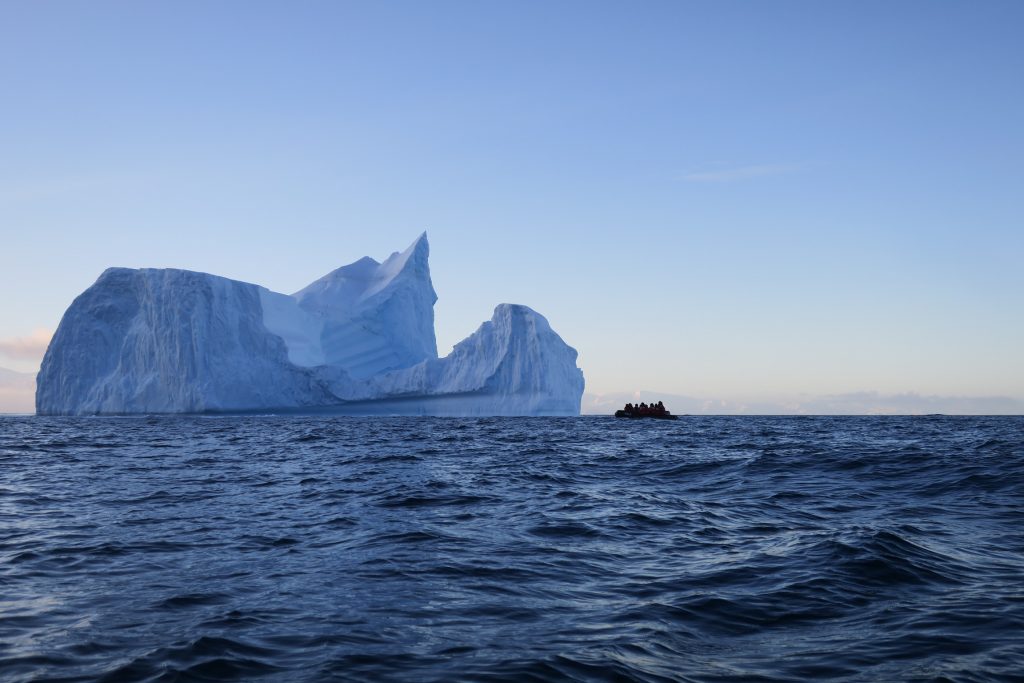
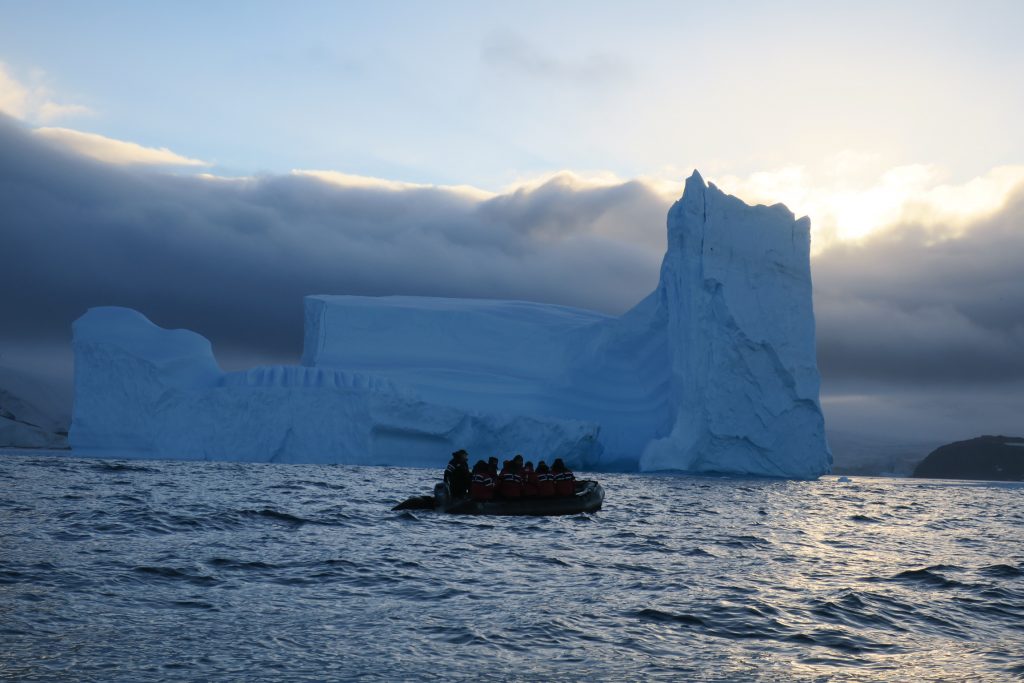
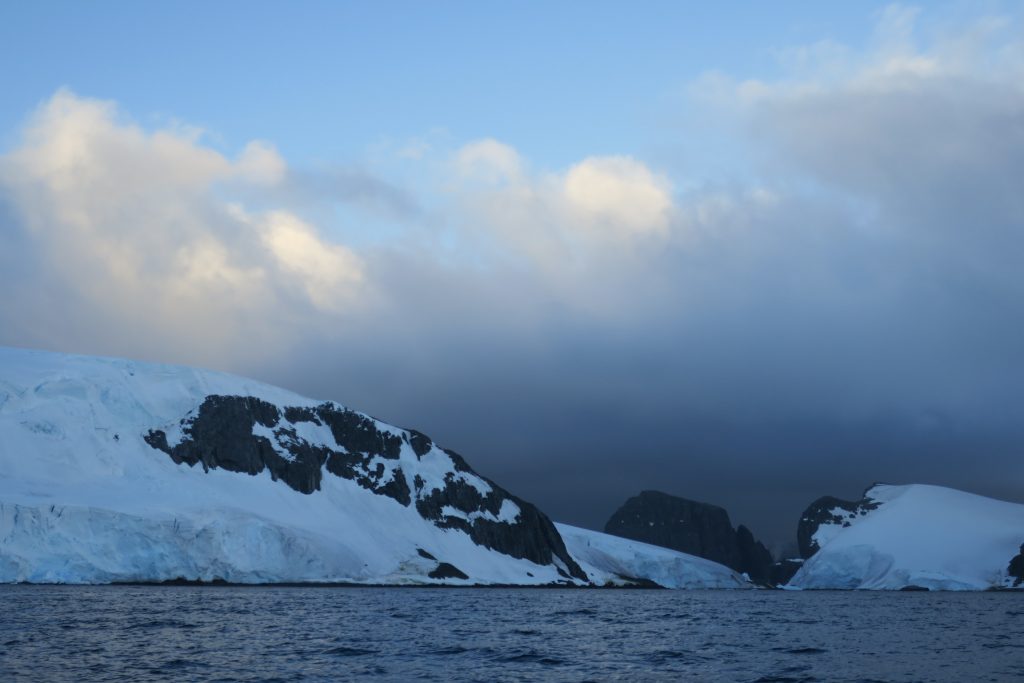
Here’s a picture of the Antartica and our ship.
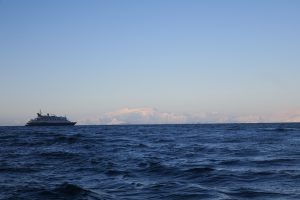
Here is a picture showing how bundled up everyone is on the zodiac.
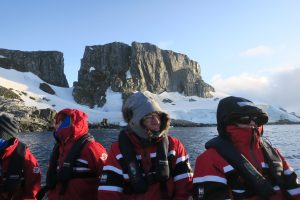
We saw some Wedell seals but they just looked like slugs on the rocks. We stopped and watched some chinstrap penguins, waddle down the rocks. Quite often they lost their balance and would slip and slide into other penguins. The video is shaky because we were in the zodiac.
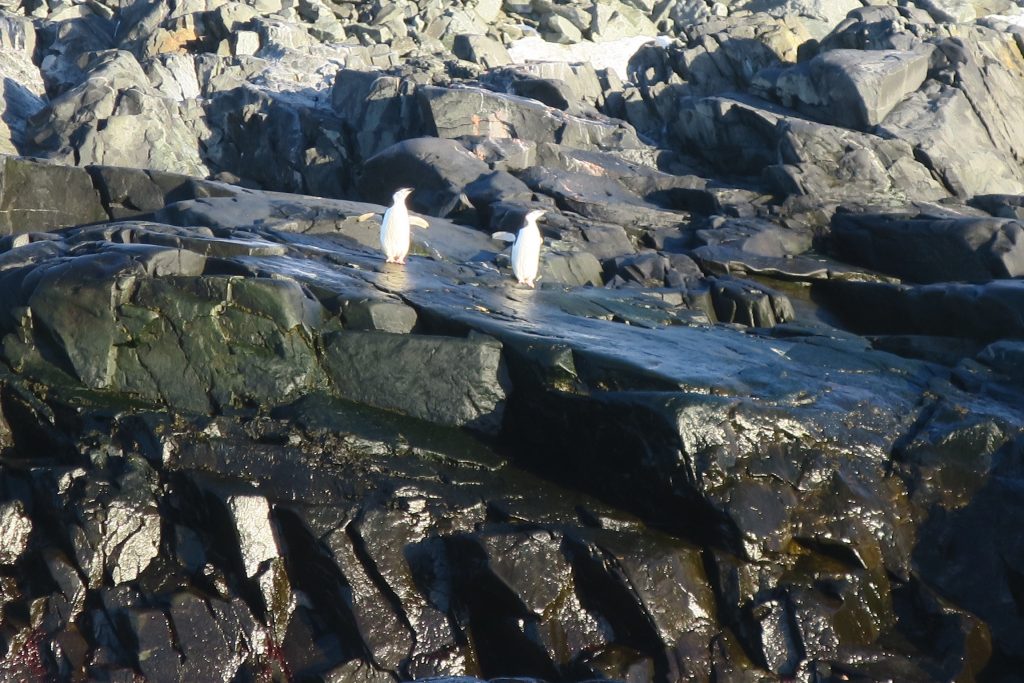
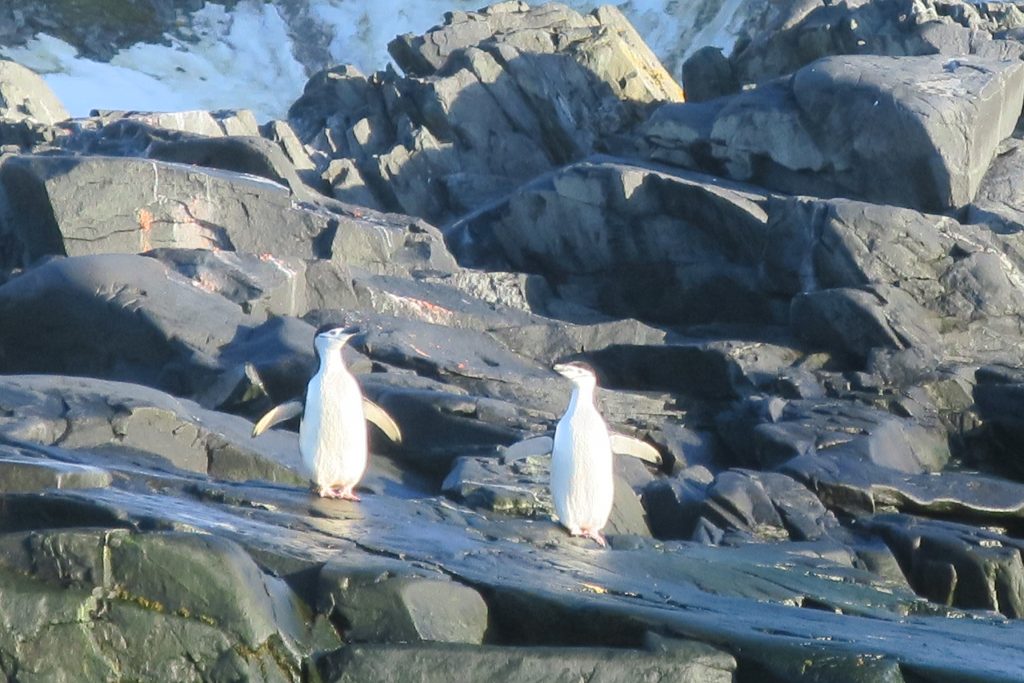
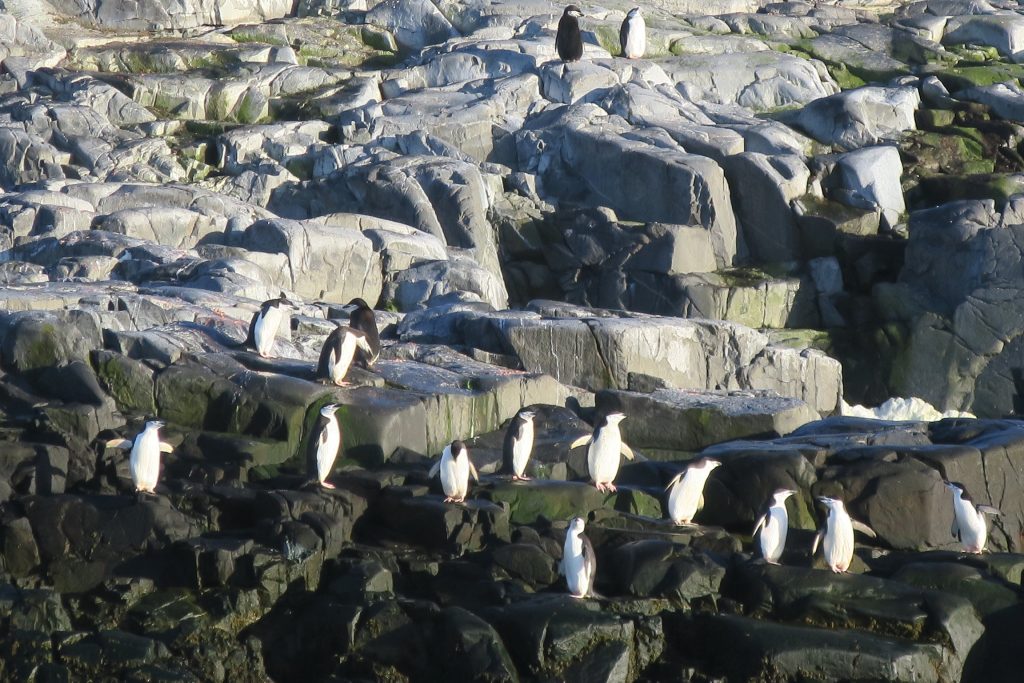
Finally, we watched three humpback whales for quite a while. They were about 50 ft from our zodiacs. They seemed quite curious about us because they stuck around for quite awhile. It was really fantastic, so big and yet majestic.
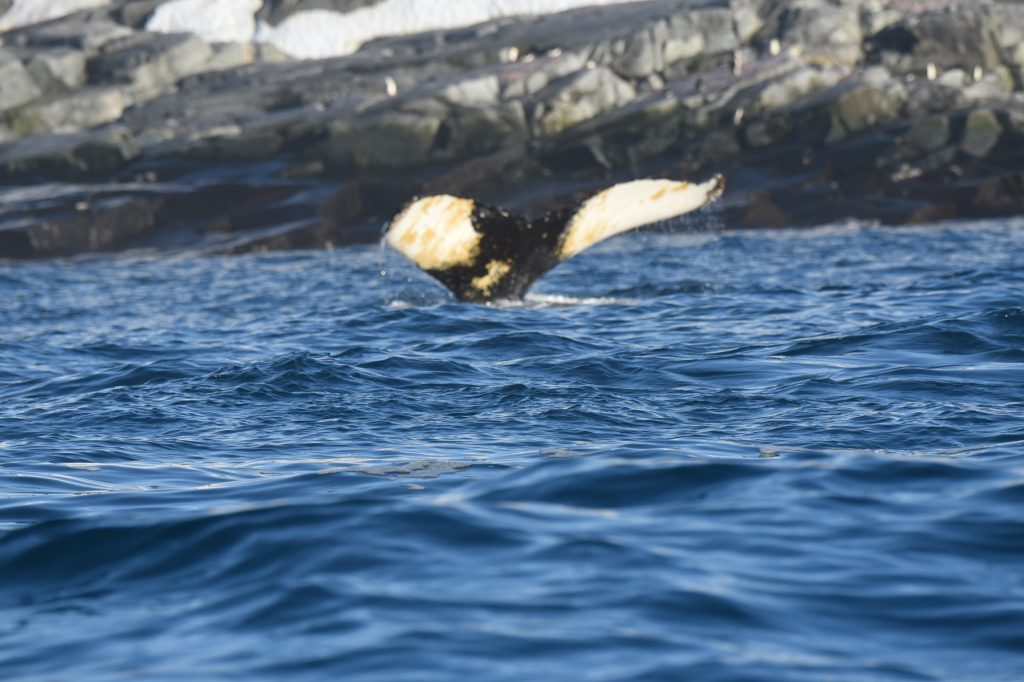
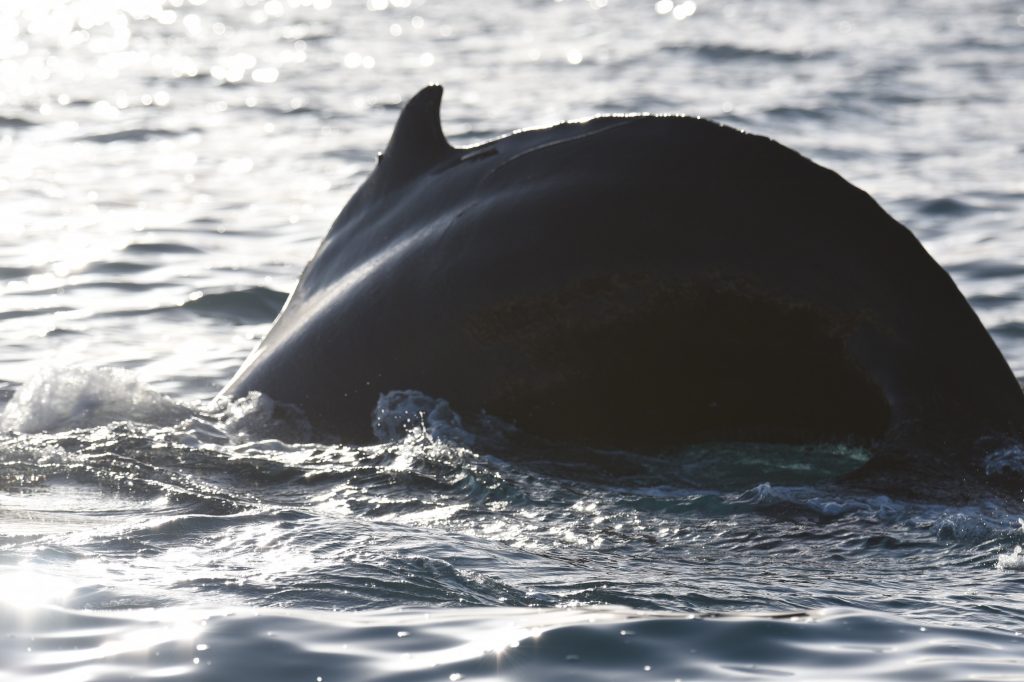
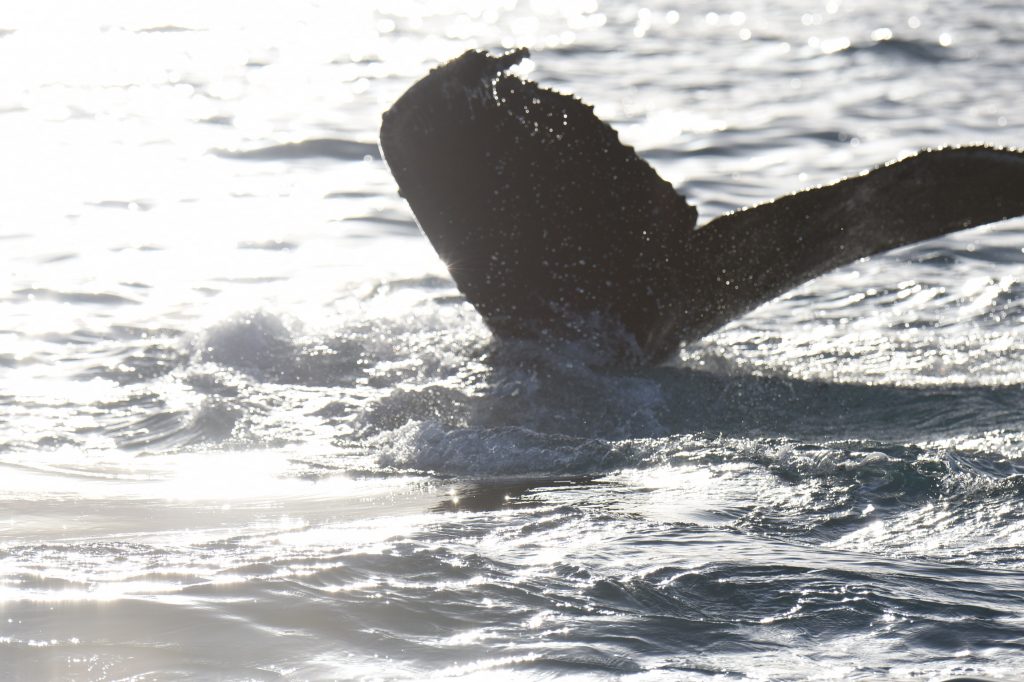
During breakfast we moved the ship to our next location. En route we came across a pod of Orca whales. There were 10 orca whales and our naturalist believes they had just killed a whale by drowning it and were feeding on it. There were lots of storm petrols feeding on oil, from the dead whale, that had floated to the surface. We watched it for about 45 minutes. Fabulous!
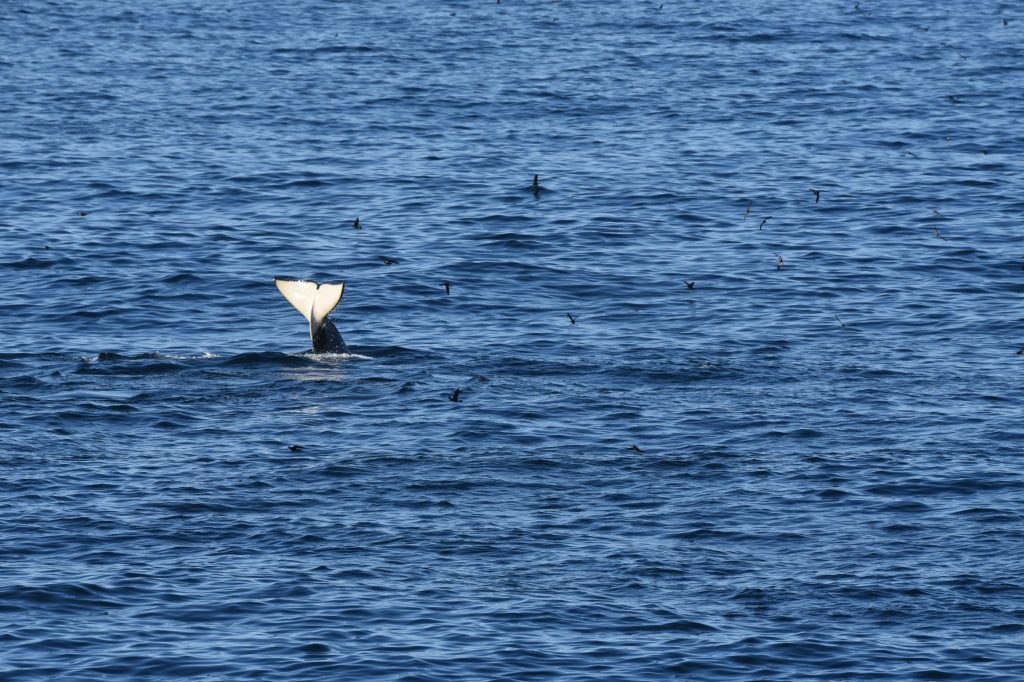

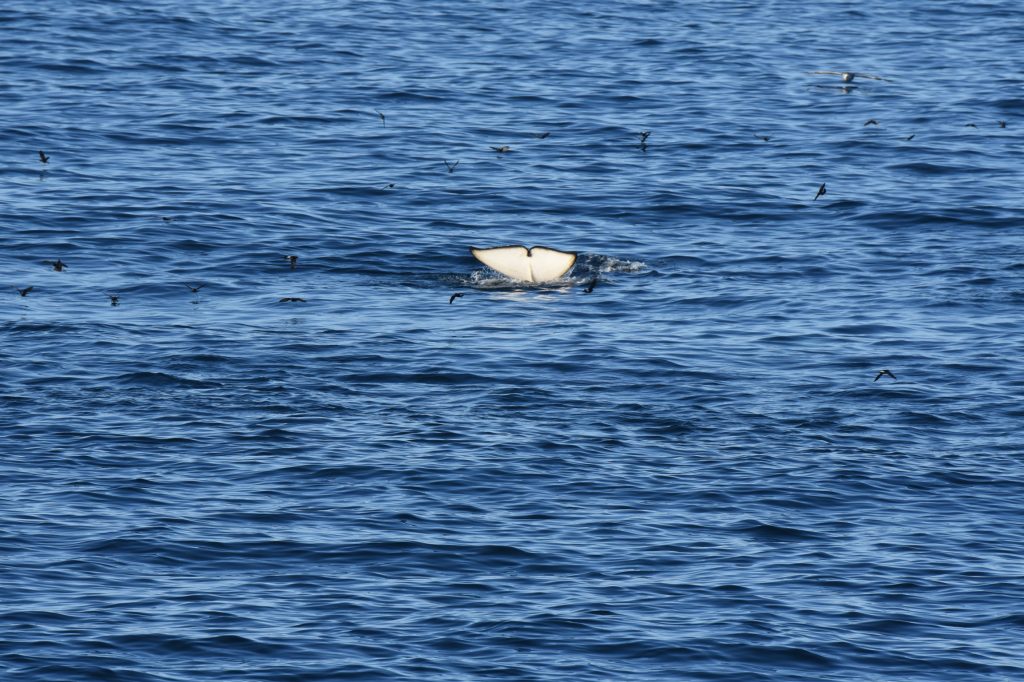
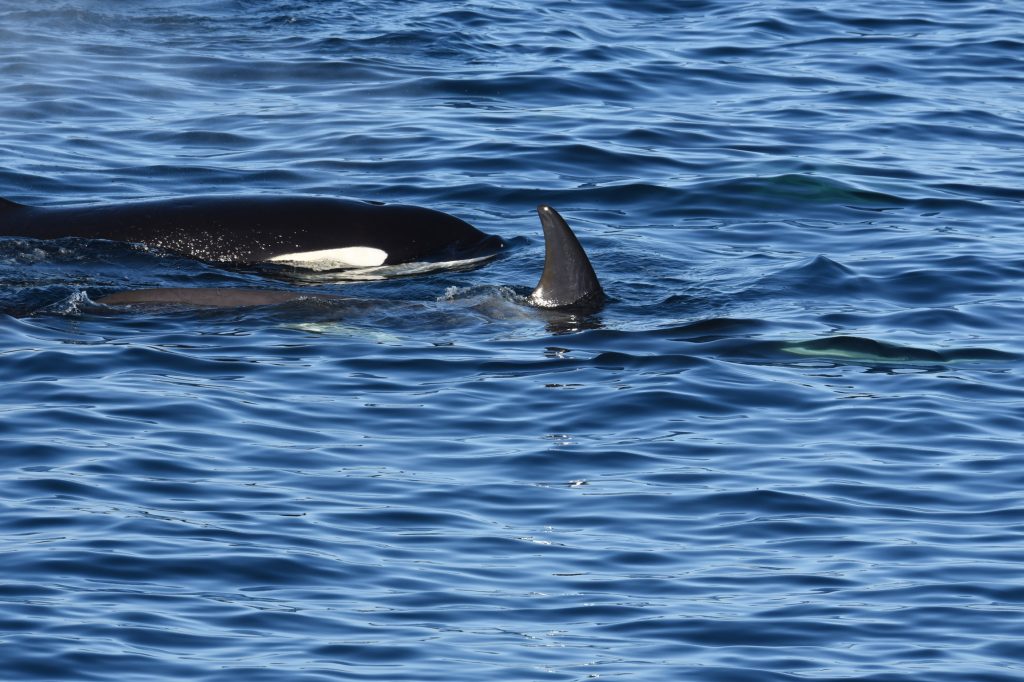

Next stop, Hydrurga Rocks, a small island lying in the northern part of the Gerlache Strait, and named after the leopard seal, Hydrurga Leptonyx. We spent about a half hour kayaking. Here are pictures of our guides readying the kayaks.


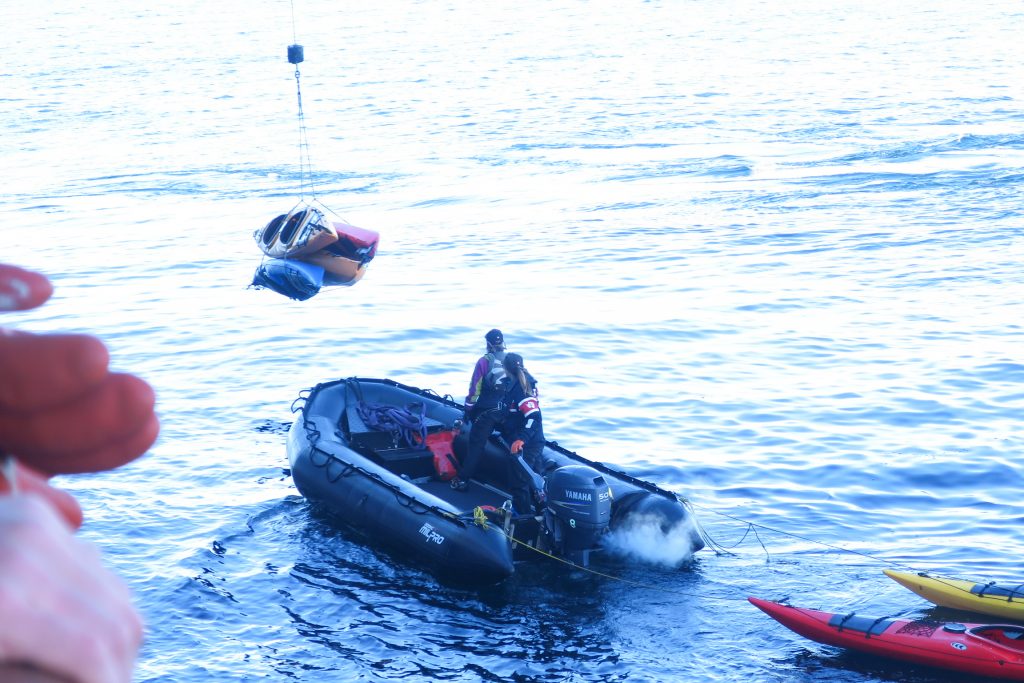
We left the ship in a zodiac and moved to a zodiac which was towing 9 kayaks. To move from on zodiac to the other, they pull the zodiacs right next to each other and then we had a sit on one zodiac pontoon and slide over to the other pontoon and swing your legs into the other boat. Not really tricky but the thought of potentially falling in makes one do the maneuver quickly. Then to get into the kayak we would get on the pontoon put our feet on the seat and then move our butt to the kayak behind the seat. From there we just slide into the seat. Getting out can be a little trickier but it’s pretty much just the reverse. The guides are amazing because they often have to adjust the foot pedals while loading kayaks. They are hanging out of the zodiac into the kayak, they look like they are hanging on by their toes. I asked one of our guides if she had ever fallen in, she said no.
We had a nice kayak ride and then had an option of continuing to kayak or going ashore. The rest of the ship had spent the whole time ashore. I went ashore because this was the only place we were likely to see weddell seals and Rick switched to a single kayak and kept kayaking.
Ashore there were several very large weddell seals sleeping, not be bothered a bit by 100 people tromping by and taking pictures.
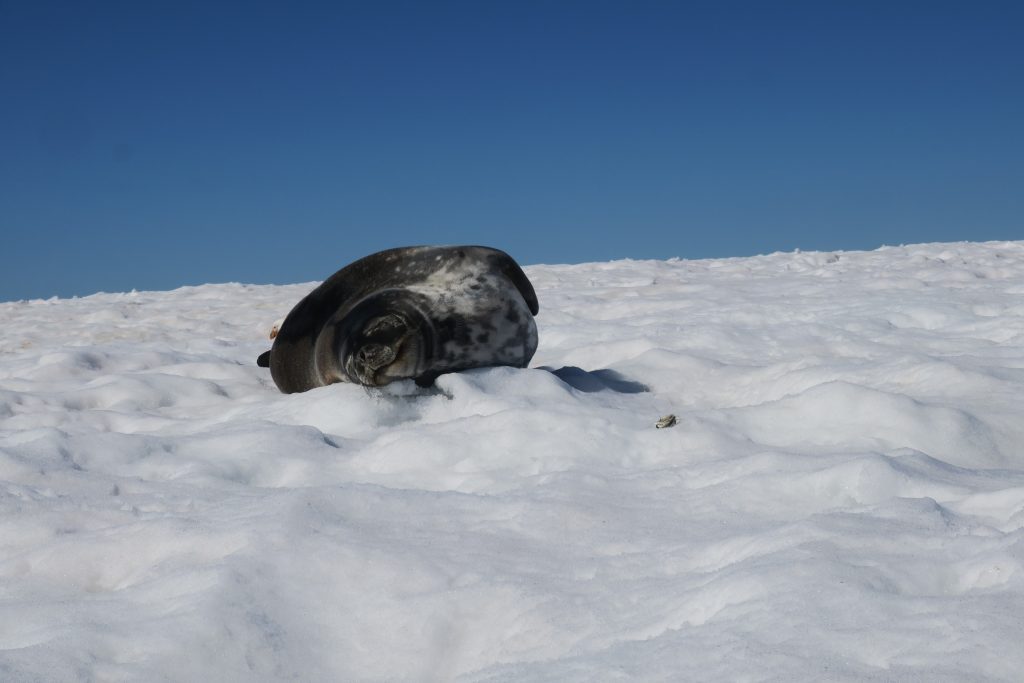
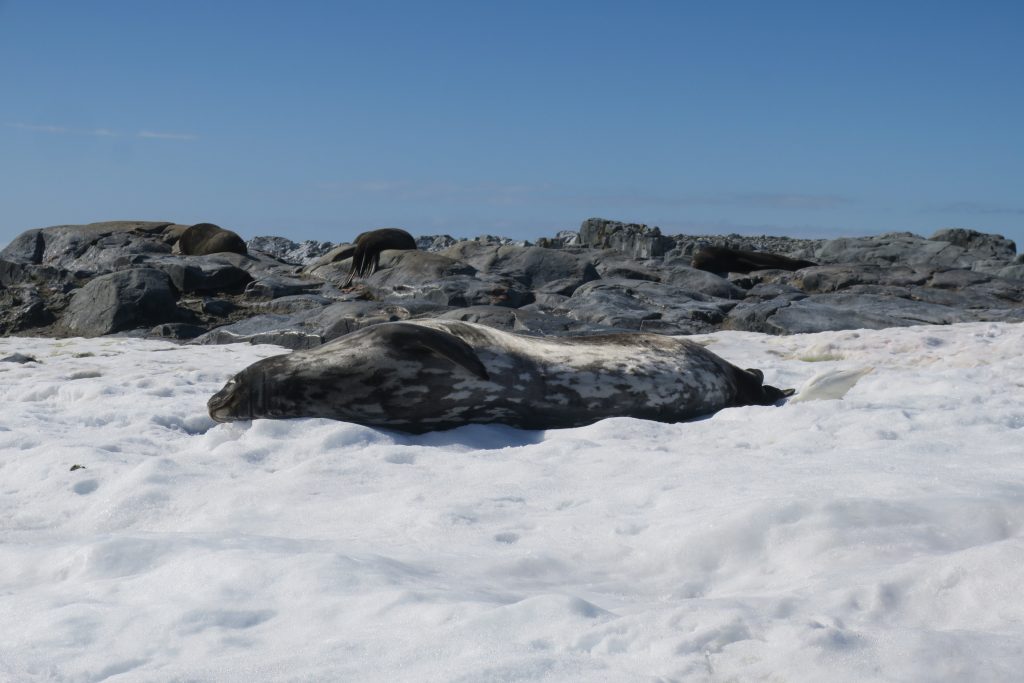
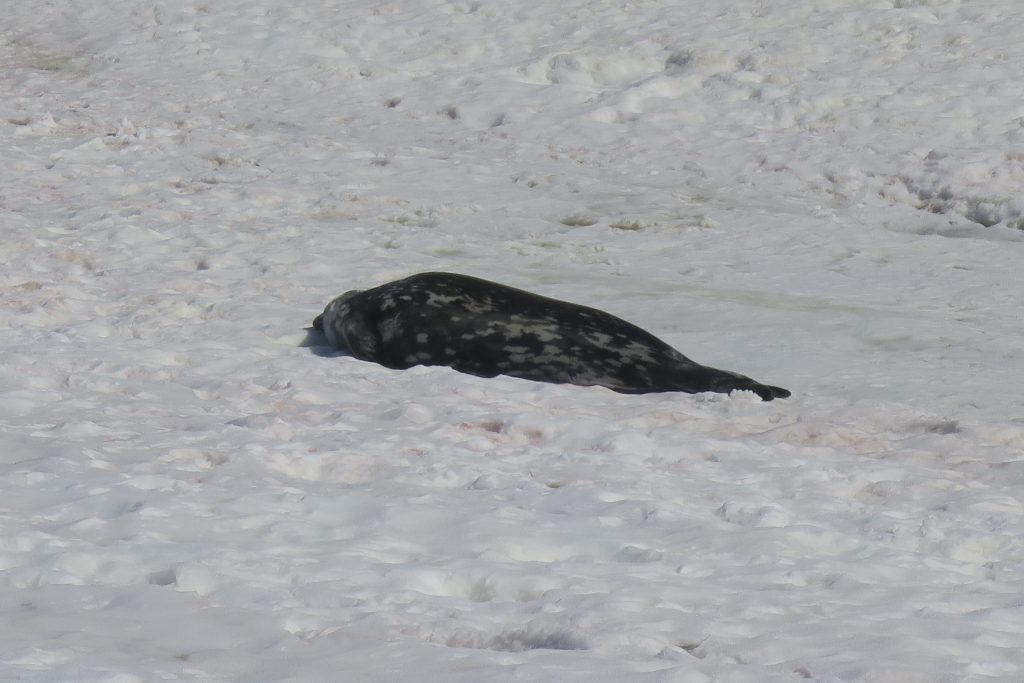
There were also a lot of chinstrap penguins. I can post pictures of the penguins so you can see them, but lucky for you, you can’t smell them. They smell pretty poopy.

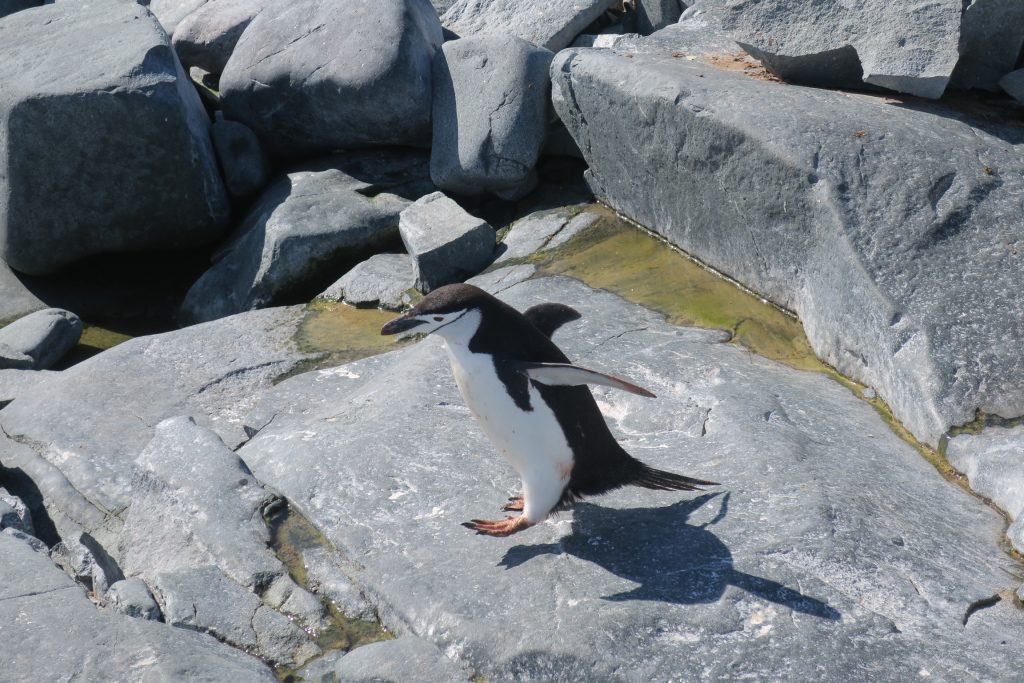
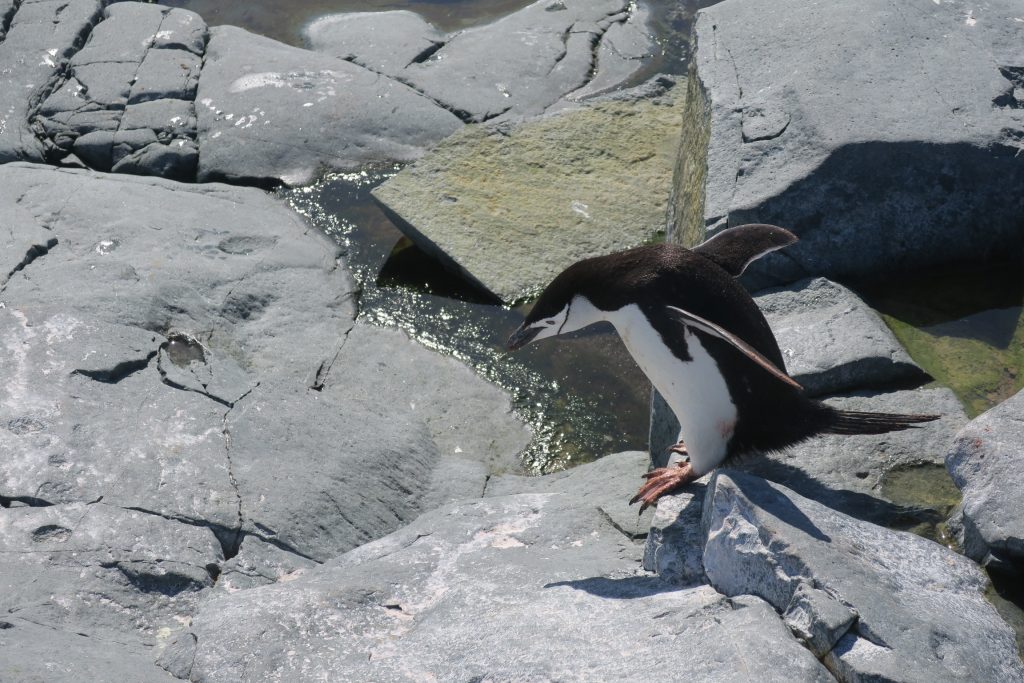
After a quick walk around we went back to the boat for lunch.
While we were moving to our next location there were a pod of humpback whales. Hannah, our marine mammal naturalist estimates there were 30 whales, some mothers with babies. We watched them for a while before moving on.
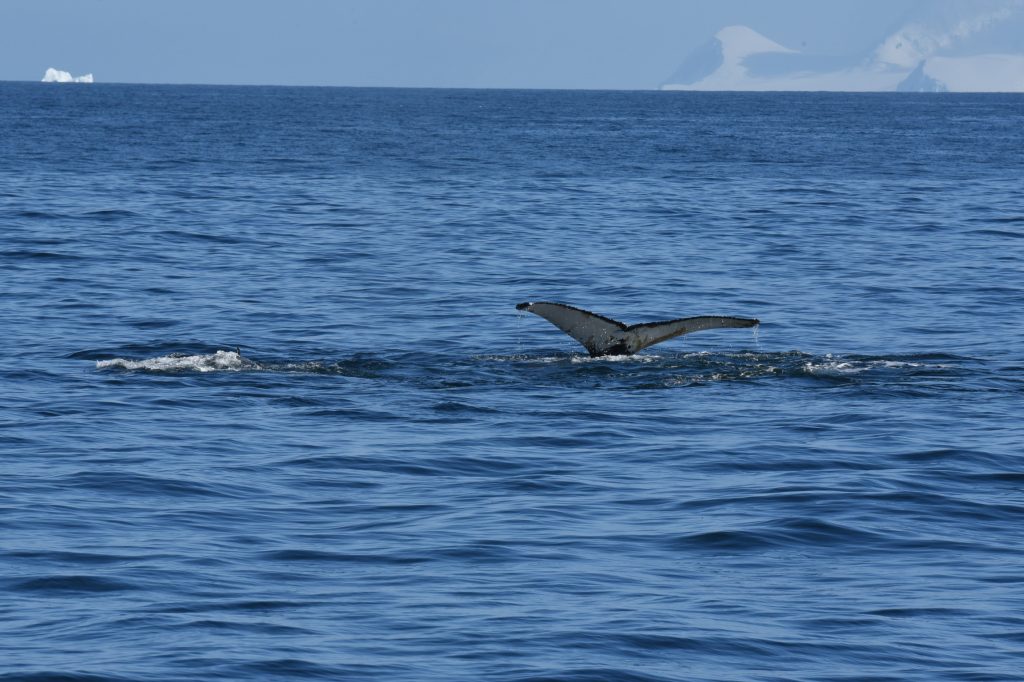
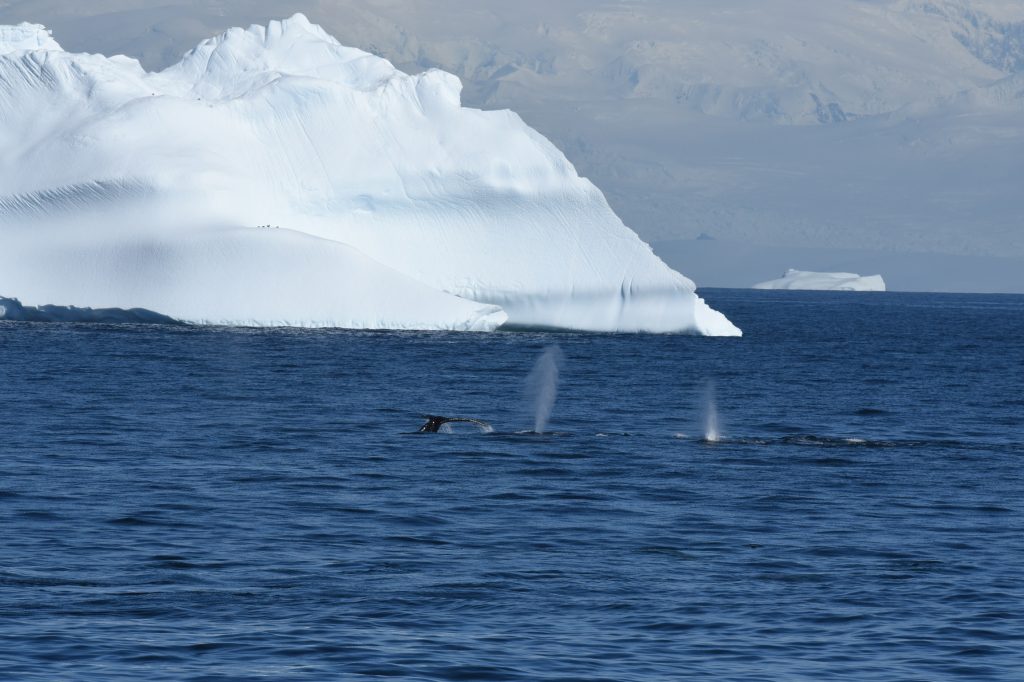

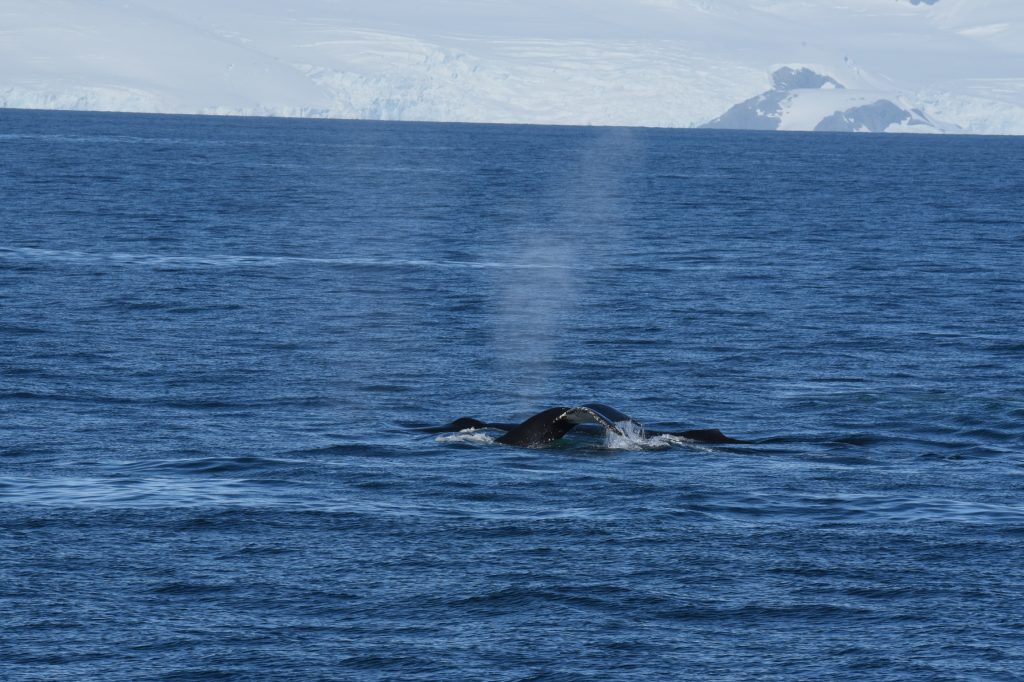
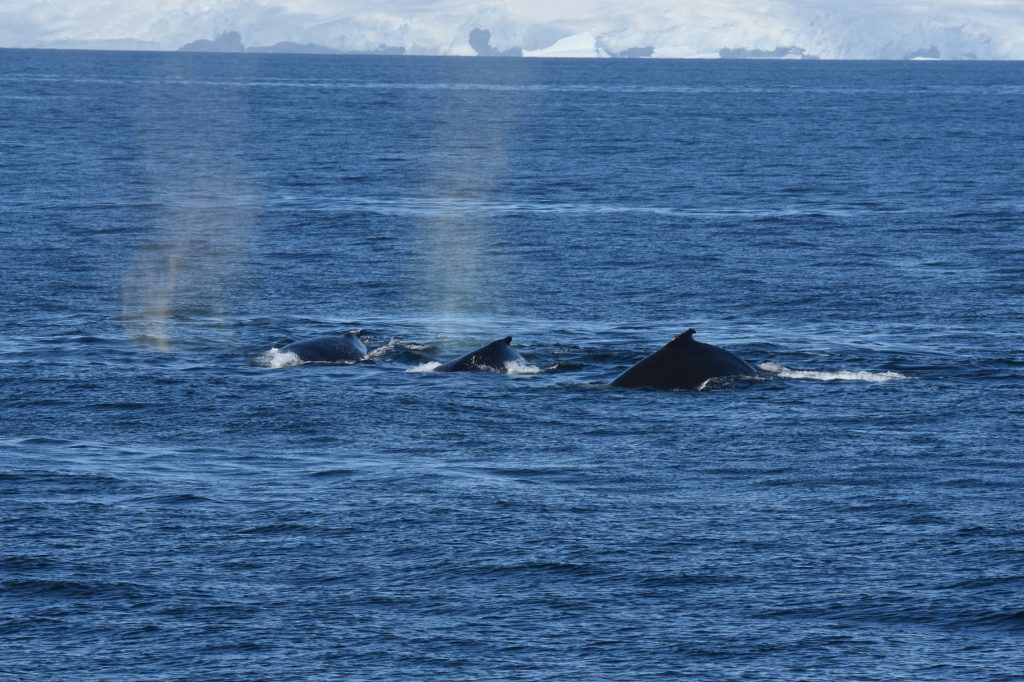
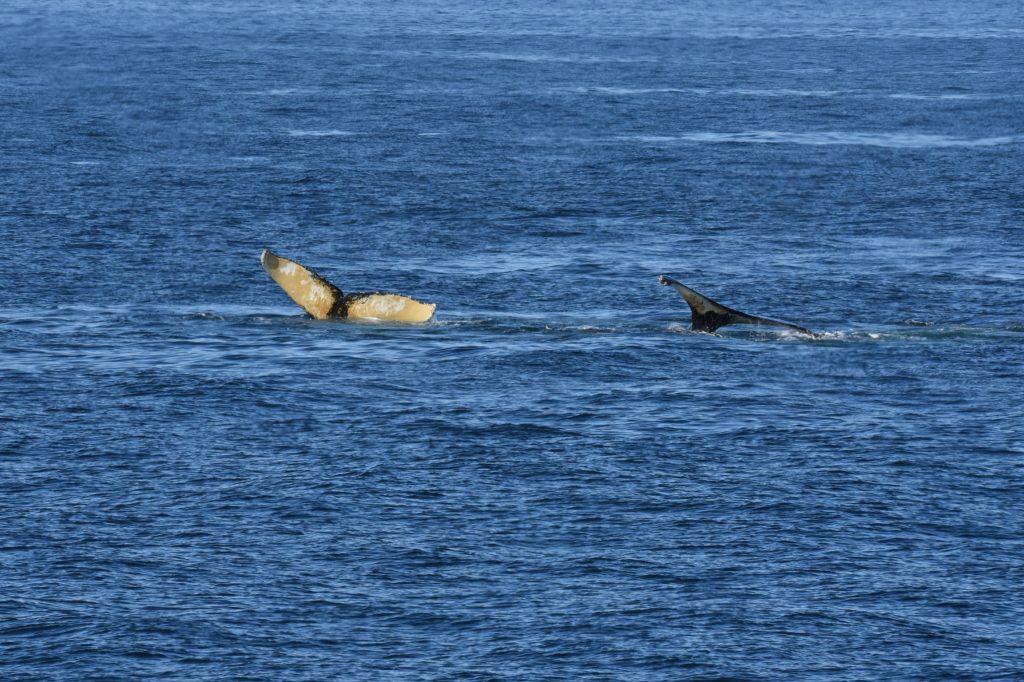
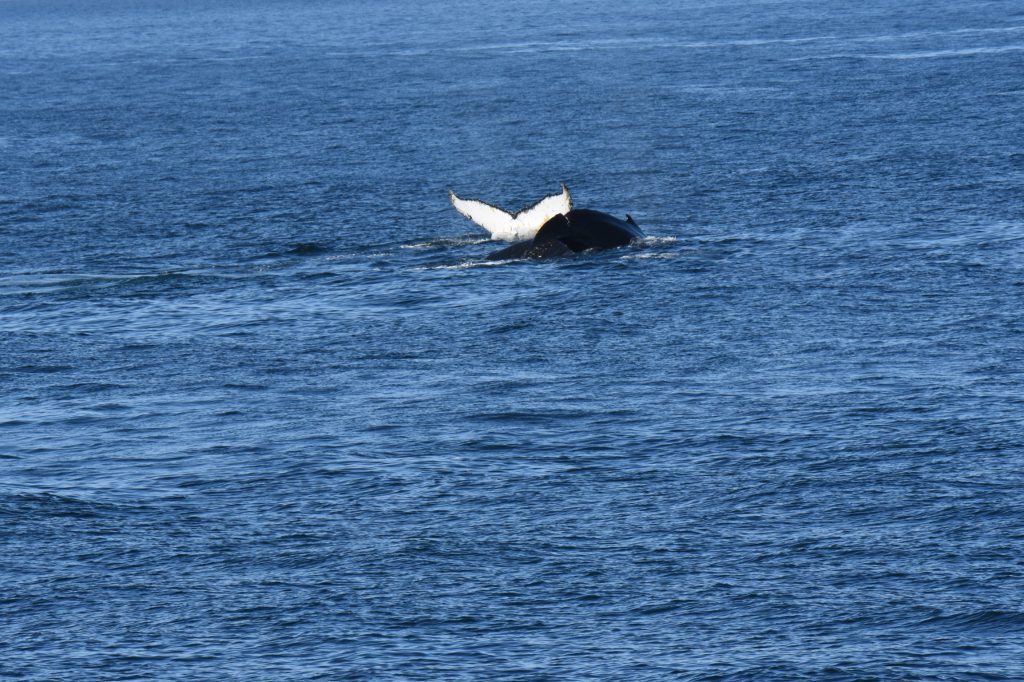
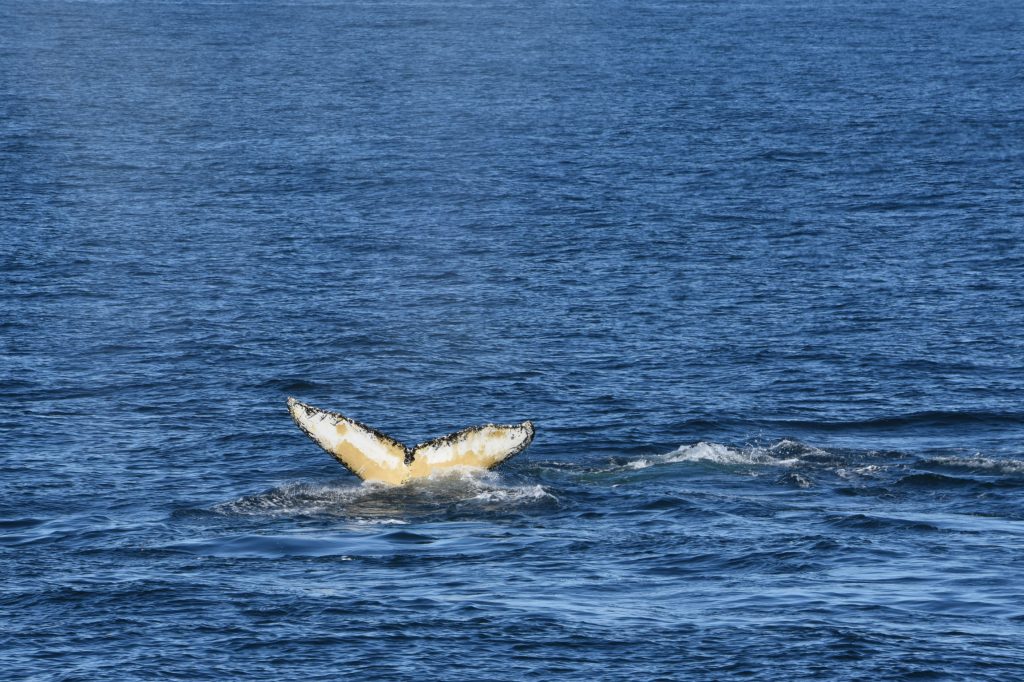
Cierva Cove was our next stop. Cierva Cove is a deep inlet on the western side of the Antarctic peninsula, on the south side of Cape Herschel, within Hughes Bay. The Argentinian Base, Primavera, overlooks the Bay. The area surrounding the base is a site of special scientific interest (SSSI) because of its rich botany and wildlife.
This cove was filled with ice. It was really beautiful with ice of all shapes and sizes. Most had a very blue hue to them. The older ice is called black ice; over the years it has had most of the air squeezed out of it so it is very dense and much clearer. Our guides said it could be as old as 30,000 years. It was pretty easy to spot because it looked very different than the newer ice. We also saw a leopard seal. Here are pictures from our kayaking

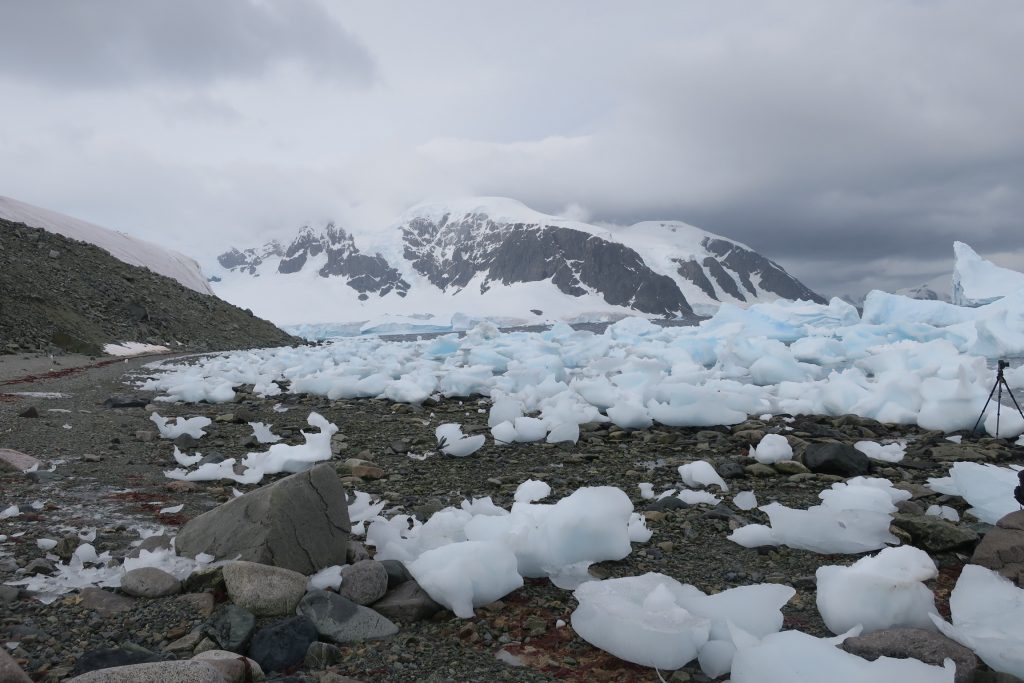


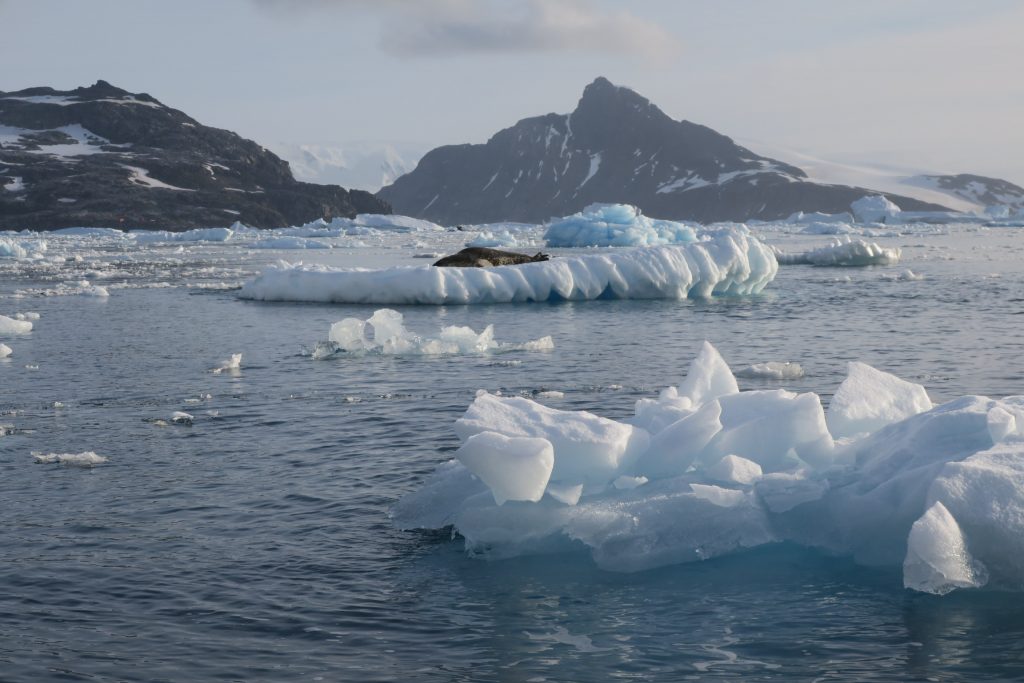
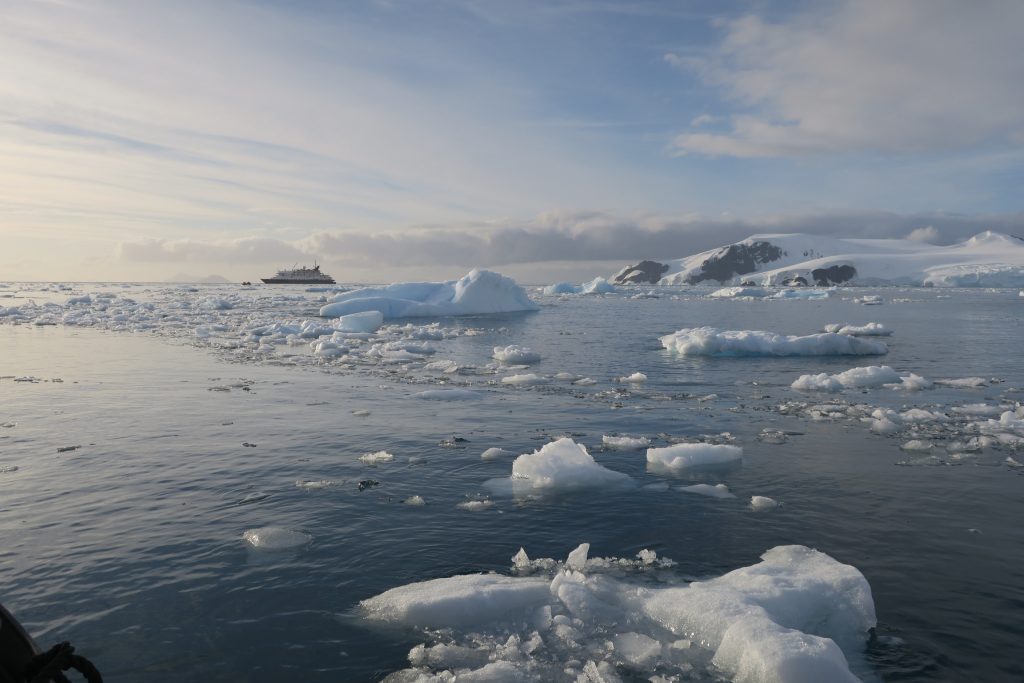
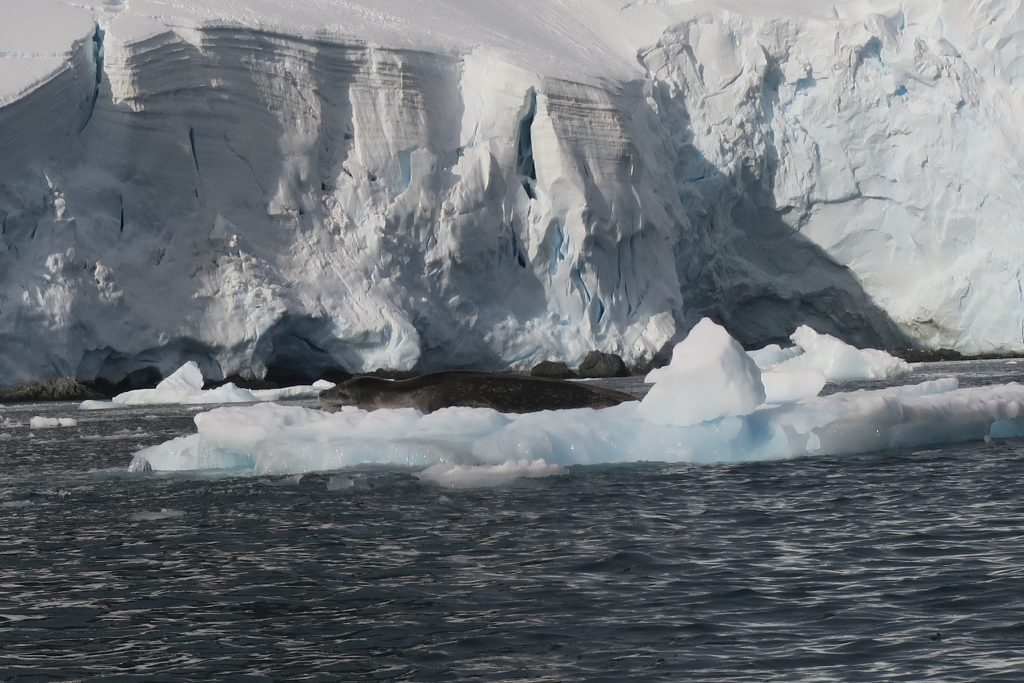
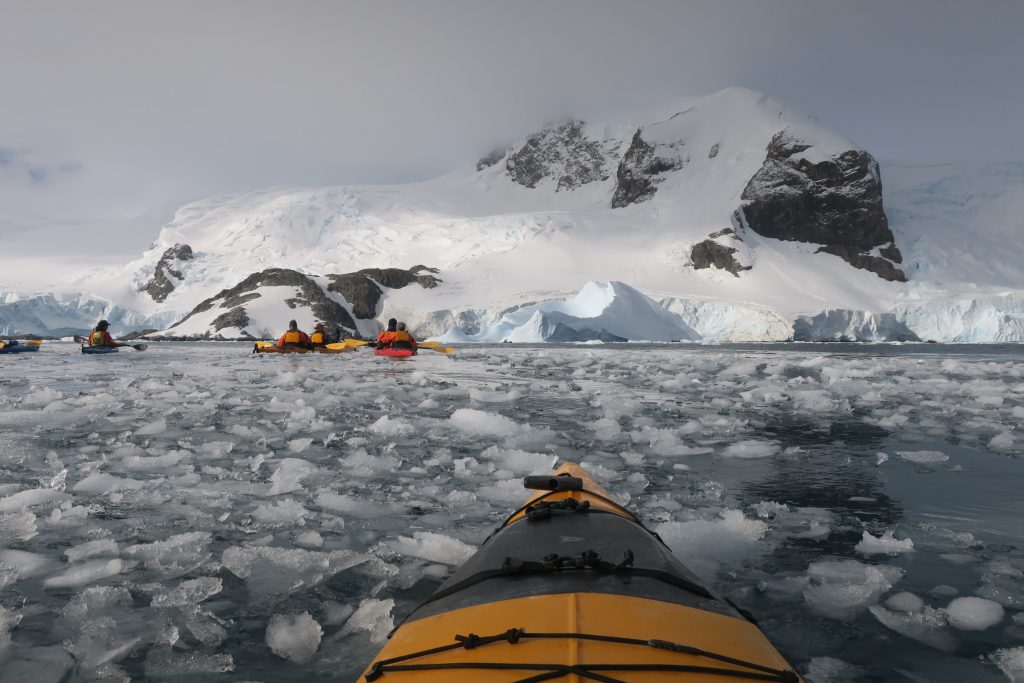
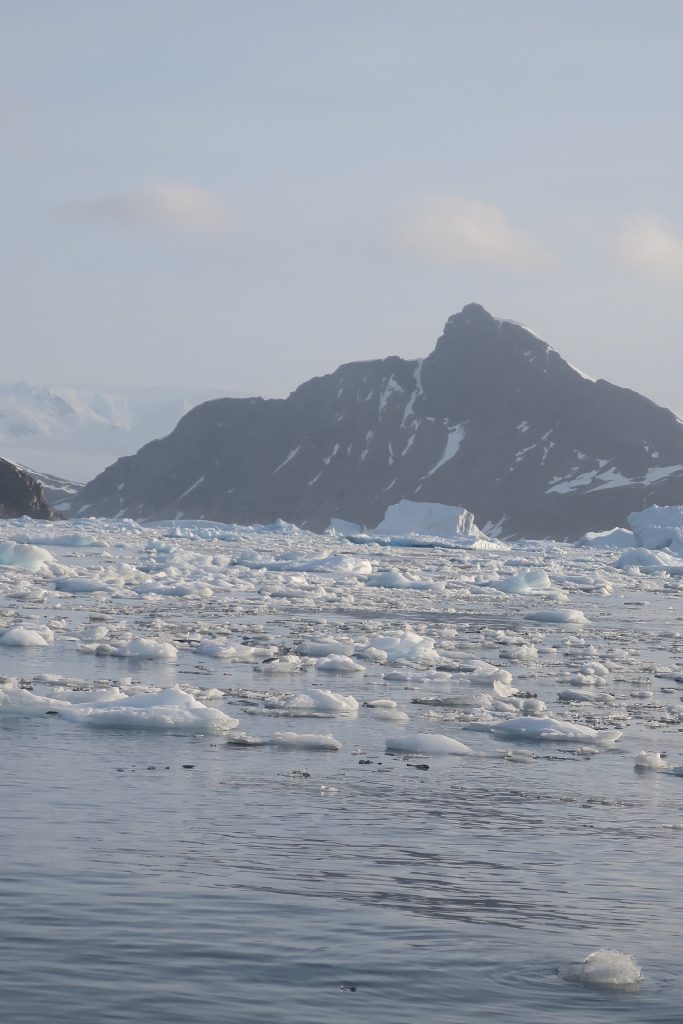
We kayaked over small pieces of ice called growlers and it was weird to feel them scrapping along the both of the boat. We had to keep out distance from the larger pieces of ice because they could calve or roll which could create a large wave. We had quite a long kayak and finish by rafting up and having hot chocolate.
As we were getting out of the kayak and back into the zodiac, Rick almost fell into the water. As he was getting out, the kayak and zodiac separated slightly so when he moved his bum to the zodiac pontoon, he ended up just on the edge of the pontoon. He started to slip off as he moved his legs over. He ended up with both legs up in the air and luckily the guide grabbed his leg and rolled him into the zodiac. Even the guide thought he was going to end up in the water. Of course he had his dry suit on as well as a life jacket but I’m sure it would have been really unpleasant. All’s well that ends well.
That evening we had our usual briefing and then dinner.
